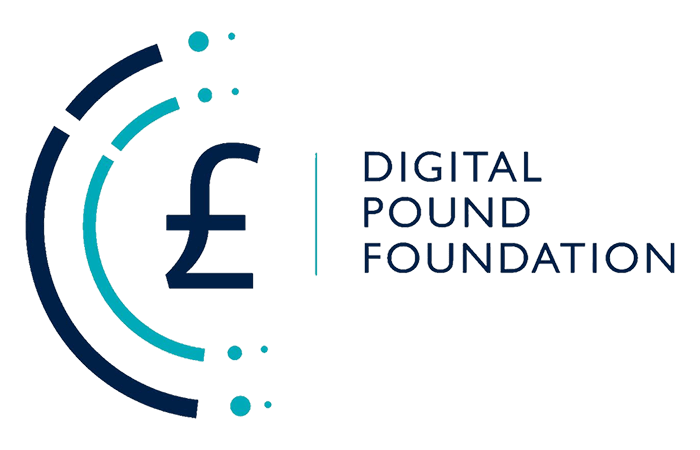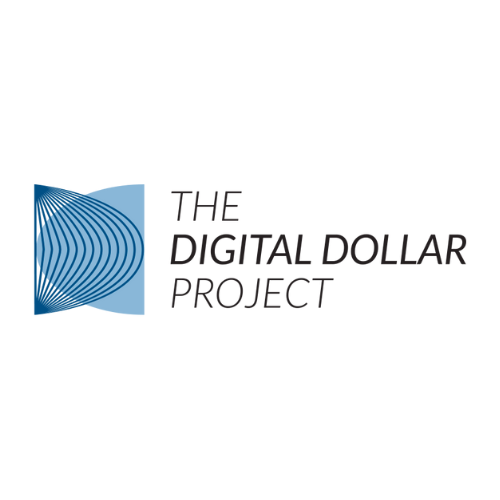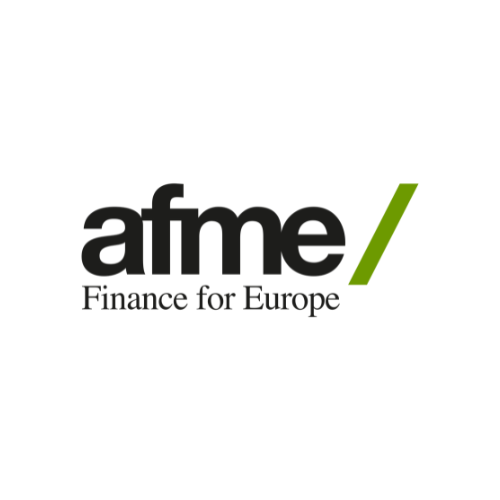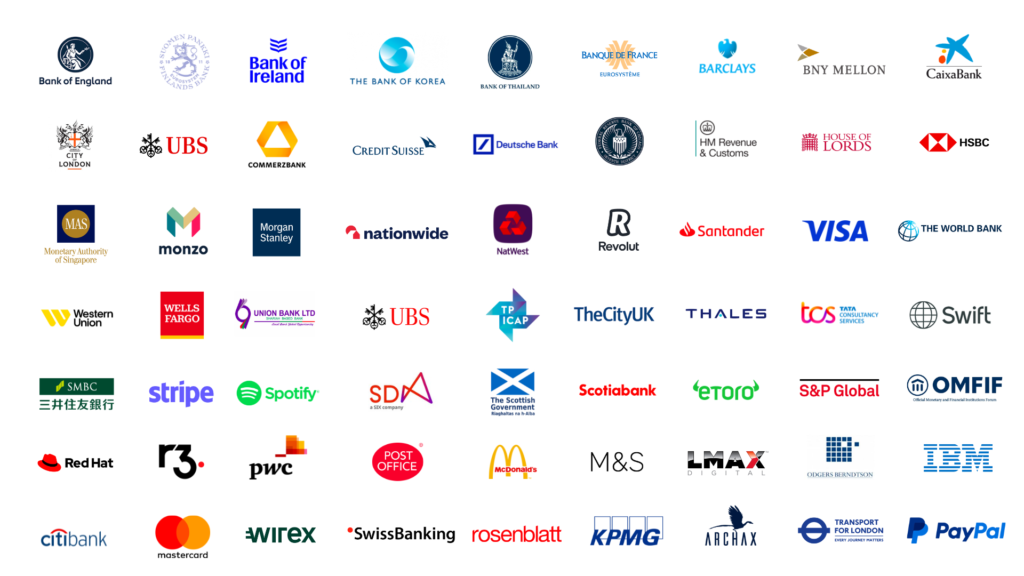In a significant development regarding the UK’s monetary system, the Bank of England and His Majesty’s Treasury have been engaging in a comprehensive consultation on the introduction of a ‘digital Pound’. This proposed Central Bank Digital Currency (CBDC) is envisioned as a new form of digital money, intended for everyday transactions by households and businesses.
The initiative reflects the UK’s commitment to maintaining its leading position in the financial services sector, which is recognised for its openness and technological advancement. The design and potential implementation of a digital Pound are seen as crucial steps in ensuring the UK stays at the forefront of money, payment, and digital finance innovation.
The digital Pound, as proposed, aims to complement, not replace, existing forms of money such as cash and bank deposits. It’s designed to provide a secure and efficient option for digital transactions, both online and offline. The government has emphasised the importance of preserving access to traditional cash, alongside exploring digital avenues.
The response to the consultation has been significant, with over 50,000 submissions from the public, businesses, civil society, and academia. These responses reflect the broad interest and diverse perspectives on the future of money, addressing issues such as privacy, access to cash, and freedom of choice.
Key aspects of the feedback will guide the design phase of the digital Pound. Notably, the government has assured that primary legislation, subject to a vote in both Houses of Parliament, would precede the launch of the digital Pound. This legislative process is intended to ensure user privacy and prevent undue control over individual spending by the Bank of England or the government.
The design phase will involve extensive engagement with industry experts, civil society, and the public. The Bank of England plans to conduct experiments with companies to test the practical application of a digital Pound. Further public consultations are also promised before any legislative steps are taken.
This ongoing discussion and development process marks a critical phase in the UK’s conversation on the future of money. The introduction of a digital Pound, while not yet decided, represents a strategic response to an increasingly digital economy and the evolving landscape of payment methods.
The Bank of England and HM Treasury’s work on the digital Pound, including the extensive consultation process, underscores the importance of public trust and engagement in shaping future monetary policy and the payment ecosystem. As the design phase progresses, the decision on whether to officially introduce the digital Pound is expected to be made around the middle of the decade, following thorough exploration, stakeholder engagement, and legislative scrutiny.
Summary of their findings
Users’ rights, privacy, and protections
The UK Government pledges to enact primary legislation, subject to Parliament’s approval, before launching a digital Pound. This legislation aims to guarantee user privacy, data protection, and control over their funds, while maintaining access to cash. Extensive public engagement during the consultation highlights the public’s keen interest and concerns, especially regarding privacy and the potential impact of a digital Pound on individual rights. Respondents’ feedback largely reflects general sentiment towards the concept of a retail Central Bank Digital Currency (CBDC) and its societal implications. The Bank and HM Treasury recognise the need to build trust in a digital Pound and commit to addressing concerns about user privacy, decision-making processes, programmability, and cash accessibility. This includes exploring technological options to safeguard privacy, ensuring transparency in decision-making, and maintaining cash as a vital payment option alongside the digital Pound.
Feedback on the design of the digital Pound
Responses came from various sectors, including financial services, technology firms, and academia. Key themes included maintaining access to cash, ensuring user privacy and control over funds, and addressing broader societal implications of a retail CBDC. There was a broad consensus on the continuation of current payment trends and concerns about the declining use of cash. The feedback suggested diverse views on the digital Pound’s fit in the future payment landscape, with emphasis on the risk of digital exclusion and the opportunity for innovation. Respondents supported a mixed payment ecosystem where a digital Pound coexists with other forms of money. The focus was on enhancing payments competition and mitigating the risk of exclusive digital platforms. Discussions also covered the importance of privacy, data protection, and the exploration of tiered access and Privacy-Enhancing Techniques (PETs) for digital Pound wallets. The consultation indicated a general agreement on the Bank’s provision of core infrastructure and the role of private sector digital wallets, with calls for clear and equitable regulation of private-sector intermediaries. The responses highlighted the necessity of a collaborative approach with the private sector for the successful implementation and acceptance of a digital Pound.
Next Steps
The Bank of England and HM Treasury have entered the design phase of the digital Pound project, with a decision on proceeding to the build phase expected around the middle of the decade. This phase aims to thoroughly develop the digital Pound’s design in terms of policy, operational functionality, and technology. The focus includes assessing technological feasibility, investment requirements, and overall costs and benefits of implementing and running the digital Pound infrastructure. The design phase will also involve creating a prototype for testing in simulated and live environments. Key to this phase is the commitment to introducing primary legislation before launching a digital Pound, ensuring user privacy and preventing government programming of the digital Pound. Four main workstreams of the design phase include experimentation and proofs of concept, developing a comprehensive blueprint, engaging in a national conversation to incorporate public and stakeholder views, and conducting a detailed assessment of the costs and benefits. This process will involve close collaboration with private-sector firms for experiments, and ensure transparency and stakeholder involvement throughout. Even if a decision is made not to build a digital Pound, the design phase is expected to yield benefits for the UK’s digital economy, fintech, and technology sectors, enhancing understanding and preparation for future money and finance developments.
























































